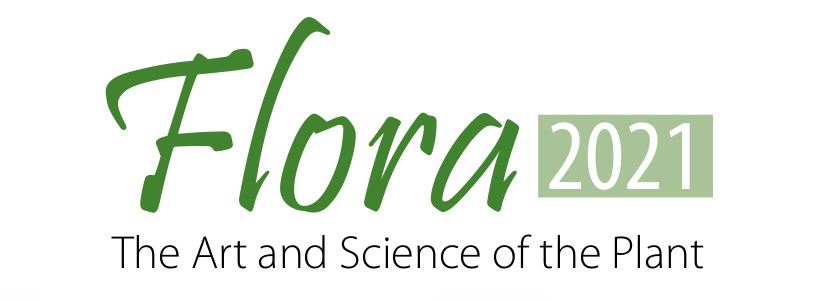Brenda Haas |
My background did not feature art but rather the practical pursuits found in nursing where a keen eye for observation and a familiarity with Latin was encouraged. Instead my journey began in 2000 with an Adult Education course, An Introduction to Botany. It was to be the beginning of my journey of recovery after several decades of illness. Little did I think that 20 years later the therapy would become my ‘raison d’etre’. I work only in graphite and a limited palette of water colour paints. With these tools I endeavour to translate the Latin words of plant description into pictures. As with the early botanical artists, I feel this is the pathway to sharing knowledge of plants. It concerns me to know so much of the natural world is being lost because so many people can't recognize various species. We all have a role in helping others to recognize the fragility and learn to respect the preciousness of Nature. For this reason I am drawn to observe, learn and understand more about our Native flora. How privileged I feel to spend my autumn years on an upward trajectory of learning. |
Corymbia ficifolia$750
Watercolour & graphite 610 x 500 mm
We used to know this tree as a eucalypt and it was commonly known as the red flowering gum though the colour varies from tree to tree and many shades from light cream through to deep crimson occur. Relatively recently this tree was reclassified into the Bloodwood family. The species name describes the leaf as resembling the fig. This sturdy, summer flowering tree is endemic to the south west of Western Australia but it is widely planted to provide a colourful streetscape. The flowers occur in terminal clusters of up to 7 buds which open to nectar rich flowers attracting many pollinators. As the fruit matures its weight causes the branch to droop. | Lagunaria patersonia$750 Watercolour 710 x 515 mm This genus name honours Spanish botanist, Andrea Laguna and the species is for a Scottish soldier, Colonel William Paterson who later became Lt. Governor of NSW. He was sent to Australia in 1791 to pursue his interest in botany and exploration. Commonly known as Norfolk Island hibiscus, this tree is ever-green, pyramid-shaped and grows to about 12 m.It is native to the warmer Australian islands of Lord Howe, Norfolk and the Queensland coast. It is adaptable to most conditions and grows well in the windy conditions of Tasmania’s NW coast where it is planted on nature strips. The flowers are typical hibiscus shape and occur mostly in spring and summer and grow from the leaf axils. The seed capsules are brown and split open to reveal dense hairy seeds which may cause skin irritation. | Protea neriifolia$900 Watercolour 410 x 900 mm This genus is native to South Africa but grows well locally and is grown commercially in many parts of the world for the cut-flower trade. I am presenting this species in 3 windows to show the attributes of each stage. The first painting depicts the young bud, complete with the bloom of this sub-species but also evident is that fabulous Fibonacci pattern in the protective bracts. The painting on the right-hand side is the full flower head bloom with the individual flowers gradually opening and expanding the bracts. In the centre window we see the story completed with such aging beauty, fragility and mystery. There is no seed set because we don’t have the specific pollinator in this country. | Stylidium graminifolium$400
Watercolour 420 x 320 mm
This is a member of the Trigger Plant genus. The genus name comes from the Greek ‘stylos’ and refers to the trigger which consists of the fusing of style and stamen. This column is the pollinating mechanism. The species name is Latin for grass and leaf, describing the tuft of grass-like leaves at the base of this perennial herb, endemic to Australia. It is easy to cultivate for the home garden though its natural habitat is dry sclerophyll forest with nutrient poor soil conditions. It may be considered carnivorous because it possesses glands underneath the flower that can trap and digest prey. |
Anopterus glandulosus$300 (unframed) Watercolour 440 x 340 mm The genus Escallonia does not exist in Tasmania but our mountain laurel remains in this classification which is named after an 18th century Spanish traveller and plant hunter in South America. Anopterus is from Greek ‘ano’ and ‘pteron’ and this describes the seed’s upward facing wing. The leaves are large, toothed and glossy.The species name of ‘glandulosus’ is Latin and refers to the many gland tipped edges of the leaf. This is an endemic under-storey plant of Tasmania’s South West and is also widespread in moist temperate rainforests and wet sclerophyll forests from sea level to 1200 m. Flowers mostly in late spring but may also occur at other times, especially autumn. |


